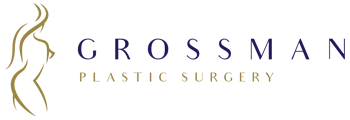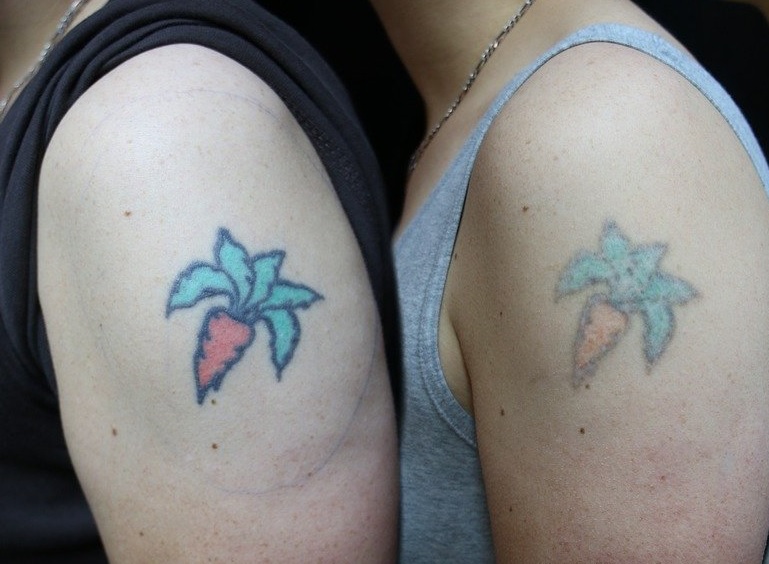
by Grossman Medical | Jul 16, 2020 | Articles
If you have a tattoo that you’re not happy with, you no longer have to be stuck with it. Thanks to laser tattoo removal, your skin can look as though you never had a tattoo in the first place. What exactly is this process and how does it work? We’ll attempt to answer these questions and others.
What Is The Process For Laser Tattoo Removal?
This process sees the pigments of a tattoo being broken up by high-intensity laser light. There are several different kinds of removal technology, each with their own risks, benefits, and tattoo removal costs. Typically, several sessions are required.
How Laser Surgery Works
During a tattoo removal session, the surgeon guides the laser so that it passes over the area of tattooed skin. Laser energy enters the skin in pulses, and the ink in the skin absorbs this energy. In most methods of tattoo removal, heating occurs to the point that the ink is broken into tiny particles, which are then flushed from the body.
PicoSure® Laser Tattoo Removal
PicoSure® is a way to remove tattoos using laser light. However, unlike other methods that use heat to break up ink particles, PicoSure® uses vibration. Why is this important? Because other methods that break up ink particles using heat also cause burning and damage to the surrounding skin.
PicoSure® uses something called PressureWave technology to deliver pulses of energy through a picosecond laser. The pulses are delivered in such rapid succession that it causes ink particles to vibrate and shatter.
What You Can Expect During a Tattoo Removal Session
The majority of removal options are done as outpatient cosmetic procedures; you are given local anesthesia in a surgeon’s office, where the procedure is performed.
What to expect after a session depends on the type of tattoo removal technology that’s being used. For example, treatment with a Q-switched laser can cause swelling, blistering, and bleeding after each treatment. Surgical tattoo removal requires stitching and is highly likely to leave a scar.
Both of the above options often require antibacterial ointment to promote healing, which can take several weeks. The PicoSure® method, however, causes far less discomfort than getting a tattoo, patients say.
The long-term risks of some options include incomplete removal, infection risk, lost pigment at the removal site, and even darkening of some tattoos. However, most PicoSure® patients have experienced only minimal redness at the site, which fades in a few hours following treatment.
Deciding if Tattoo Removal Surgery Is Right for You

Many people choose a tattoo removal service because they regret getting theirs. Tattoos can also become blurry or faded over time, which is another reason for removal. Regardless of your reasons for wanting to remove a tattoo, it’s important you choose an experienced surgeon.
Dr. Peter H. Grossman is a nationally acclaimed, board-certified plastic surgeon with several years of experience in tattoo removal and PicoSure® technology. To learn more about the benefits of tattoo removal using the PicoSure® method, call Grossman Plastic Surgery today: (818) 981-2050.
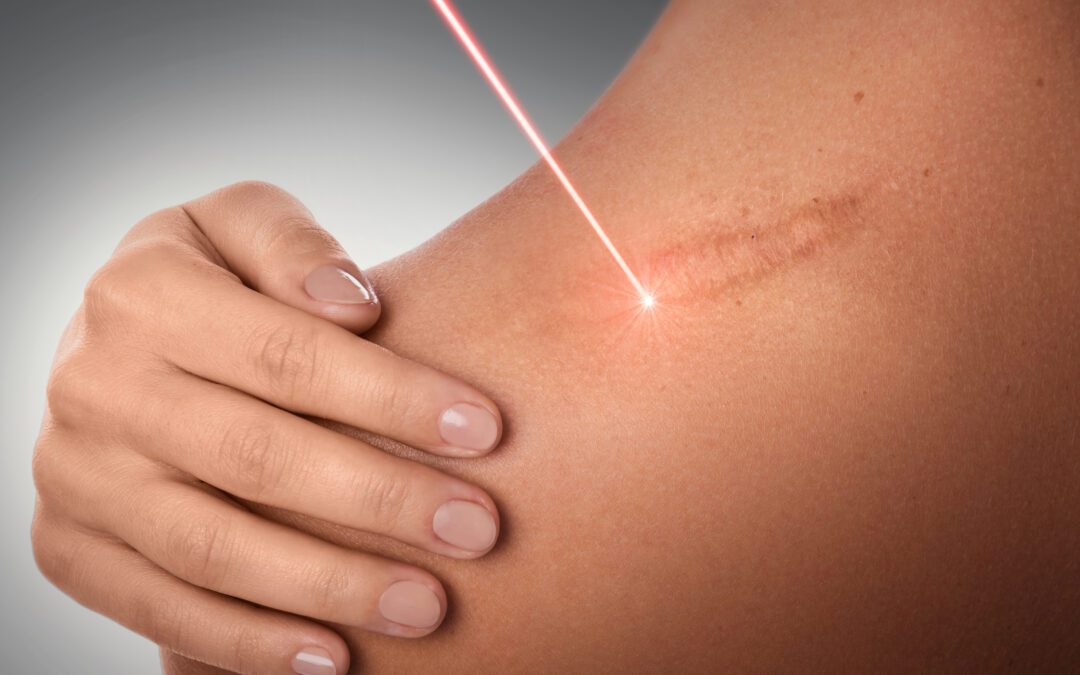
by Grossman Medical | Jun 23, 2020 | Articles
If you have a scar from a cut, acne, or other reasons, you can have the scar removed using the right laser skin treatment and other treatment options. Depending on the type of scar, you may require multiple laser treatments to have the scar fully removed.
It is important to note that treatments do not actually remove the scar. What laser skin rejuvenation and other treatments do is help restore and repair the damaged skin to make the scar appear as though it has gone away and been removed.
In some cases, especially with large or deep scars, the scar can remain afterward. However, it is typically not as noticeable as it was before scar treatments.
Types of Scars
1. Hypertrophic Scars
Hypertrophic scars are also known as “raised” scars. The scar is slightly higher than the normal skin and sticks out more noticeably. The scar can start to flatten over time but will always be elevated from the surrounding skin.
2. Contracture Scars
Burn scars are a type of contracture scars. It is where the new skin tissue that forms around the wound is tighter and sometimes thicker. This can cause a reduction in mobility if the scar is over joints, tendons, and other such locations on the body like an arm or leg.
3. Keloid Scars
Keloid scars are very noticeable as they are growths of skin tissue that form around the area that was wounded. For instance, some people who get piercings will experience a roundish-shaped scar growth near where the piercing was made.
4. Striae Scars
Striae scars are often called stretch marks. This type of scar occurs when the skin is stretched out of shape and then quickly returns to its former size, like after giving birth or losing weight. Stretch marks can appear reddish in color when they first form and then gradually turn white.
5. Cicatrix Scars
Cicatrix scars are also referred to as flat scars. As the wound that creates the scar heals, the scar can become darker or lighter than the surrounding skin.
6. Atrophic Scars
Atrophic scars are also known as “depressed” scars, as they look like small pitted areas in the skin. Acne scars and chickenpox scars are two of the more common types of atrophic scars.
Treatment Options for Scars
1. Laser Resurfacing
Laser resurfacing is a method used to help get rid of the scar by reshaping the surface of the scar. There are other laser treatments also available based on the type of scar and its location.
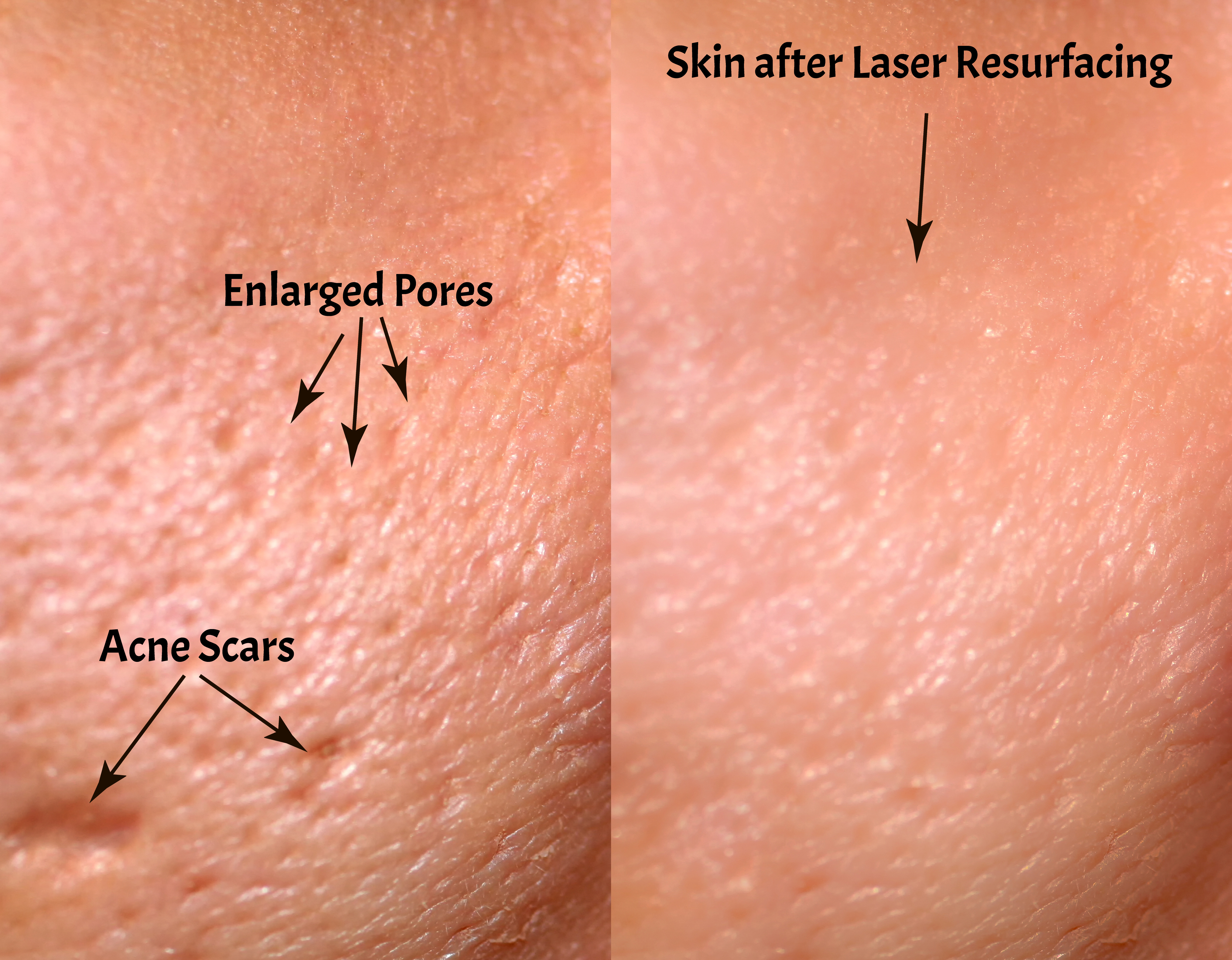
2. Dermabrasion
This treatment option involves removing the scar layer by layer to better contour it to the surrounding skin. Depending on the height of the scar, multiple treatments may be necessary.
3. Surgical Revision
This treatment is where the scar is removed surgically. The surrounding skin is joined together to create a less prominent scar. This option is well-suited for larger scars or ones on the face, hands, or other areas that make them easily noticeable.
4. Fillers and Injectables
Dermal fillers and injectables can sometimes be used to “fill in” the scar so that it blends in with the surrounding skin. This treatment option may be appropriate for atrophic scars.
5. Chemical Peels
Chemical peels can be used to remove the top layer of the scar to give it a more even color that matches the surrounding skin. Peels work best with superficial or shallow scars.
For further information about potential laser skin treatments and other treatment options for scars, please feel free to contact Grossman Plastic Surgery at (818) 981-2050 to schedule a consultation today!
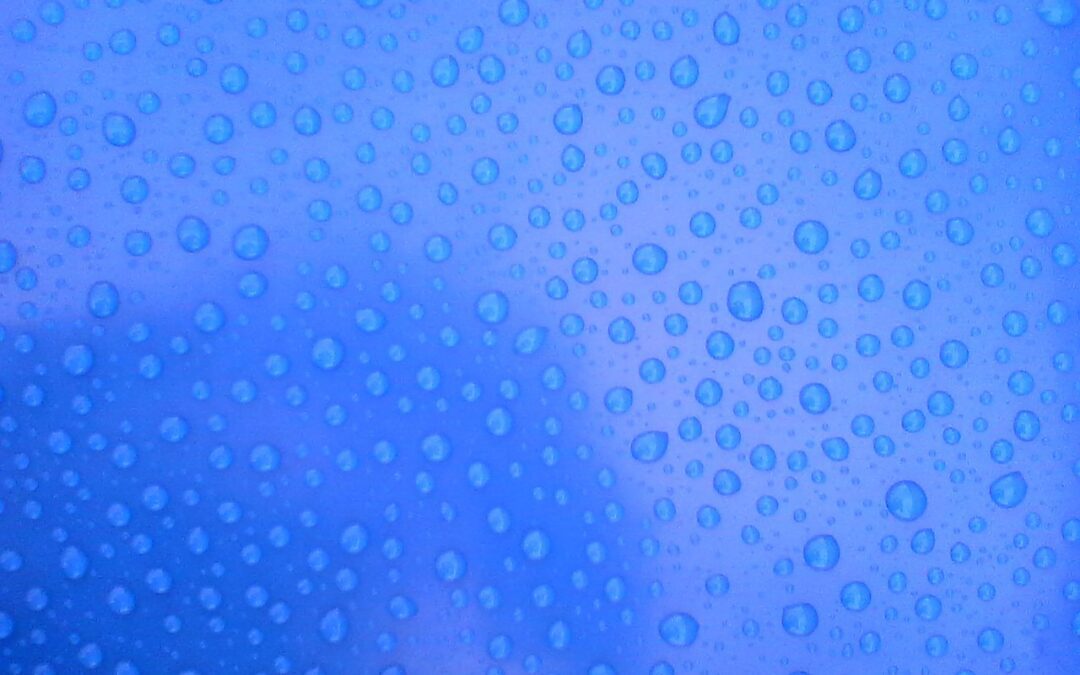
by Grossman Medical | Jun 16, 2020 | Articles
Nearly everyone breaks a sweat when hot summer temperatures arrive, but for those with hyperhidrosis, an excessive sweating disorder, summer can mean a time of high anxiety. There are many options that can reduce sweating, including the hyperhidrosis treatment Morpheus8, and we reveal how each works to reduce sweating.
1. Antiperspirant
Antiperspirants allow for sweat to be reduced by preventing sweat from reaching the skin’s surface. They accomplish this by expanding in the presence of moisture. When antiperspirant is applied and comes into contact with the sweat produced by sweat glands, they expand, which blocks the sweat ducts and prevents sweat from reaching the surface.
2. Shaving
Although it may sound contrary, shaving your armpits can reduce sweating. More specifically, shaving reduces the amount of sweat that reaches your skin’s surface and, ultimately, your clothing. Hair holds moisture, so the fewer hairs there are, the less surface area there will be available for moisture retention.
3. Fabrics
Some fabrics allow air to reach the skin, while others don’t. 100% cotton, for example, is a very breathable fabric, as is linen. Wool is another breathable fabric. What is the common thread that ties these fabrics together (pardon the pun)? They are all-natural. Manufactured fabrics like polyester and rayon may be effective at wicking away moisture, but they can retain odor even after washing.

4. Foods
If you sweat when eating spicy food, you may have gustatory sweating. This condition is common and, if it’s making you avoid going out to eat with friends, there’s something you can do: Avoid the foods that cause you to sweat until wintertime when you need a bit of a warm-up.
5. Morpheus8
Although you may never have thought that cosmetic procedures could be a solution to excessive sweat production, the good news is that they can drastically reduce the amount of sweat produced. It’s a procedure that can not only be completed in a single session but which can reduce sweating almost immediately.
Morpheus8 is a device that delivers a combination of radio-frequency energy and microneedling directly to the sweat glands. Microneedles cause damage to deeper layers of the skin, and then the RF energy is delivered directly to these areas, instantly deactivating the sweat glands, preventing future sweat production in these areas.
The great thing about this type of treatment is that it is virtually non-invasive; unlike hyperhidrosis surgery, Morpheus8 can be completed in a single session, and the effects from the treatment are minimal; you may experience tingling, redness, and swelling, but these typically disappear between one and three days after treatment.
Learn More About Morpheus8 for Hyperhidrosis
Morpheus8 has helped many to experience relief from the anxiety and embarrassment of excessive sweating. If you want more information about the benefits of this amazing procedure, call Dr. Peter H. Grossman. With over 20 years of performing reconstructive surgery, Dr. Grossman is a board-certified plastic surgeon who offers efficient and high-quality treatment for hyperhidrosis. Book your consultation today. Call Grossman Plastic Surgery at (818) 981-2050.
by Grossman Medical | May 23, 2020 | Articles
A c-section wound usually resolves on its own after a period of two weeks to one month. However, the healing process may leave scarring on your skin, which can either form keloid or hypertrophic scars. How do you get rid of these c-section scars?
Scar revision
It is a surgical method and should be performed by a professional surgeon. The surgeon gently removes the skin that surrounds the scar. The surgeon will suture the wound to leave a thinner scar that will heal after a short period.
The procedure aims to improve the appearance of the scar and restore the original properties of the scarred region. Also, it aims at making the original large scar less visible. The cost of this method will depend on the extent of the area that needs revision. However, it is recommended that you wait for the wound to heal before attempting scar revision.
Laser therapy
Laser therapy is a non-surgical procedure performed by either a surgeon or a dermatologist. The method focuses beams on the scarred tissue and may require performing sedation or topical anesthetic before the procedure. It aims at removing the outer covering of the scar and promote the regeneration of new tissue to replace the scarred one.
The procedure will reduce the discoloration of the scar and help in the softening of the surrounding region. It also helps to reduce the thickness of the scar significantly.
Steroid injections
For c-section wounds that heal and form either keloid or hypertrophic scars, this is the best alternative to get rid of the scars. The steroids help to reduce inflammation of the area and make the scar less visible. Direct injection of the steroids will also decrease other associated symptoms such as itching and redness on the injury.
Additionally, steroid injection will help reduce the size of the scar and ensure the area surrounding the scarred tissue is as soft as possible.
Tummy tuck
After the procedure of c-section, there can be an accumulation of loose and excess skin around the healed wound. The skin may appear discolored and raised in comparison to other parts of the lower abdomen. The surgeon can perform a procedure that aims at eradicating the sagging skin together with the c-section scar.
After careful removal, the surgeon will then carefully perform incision on the area. The method aims to eliminate the scar and improve the overall skin appearance of the lower abdomen and pelvic region.
Silicone sheeting and gel
Silicone sheeting and gel will help to soften the c-section scars. You can use these products after the c-section wound is healed completely. The results are not automatic—you will start seeing the results after one month.
Also, to ensure the wound heals faster, it is essential to maintain adequate hygiene in the area. Limiting the amount of exercise and sun exposure will also provide the skin on the area to regenerate faster. Lastly, before attempting any procedure, it is critical to ensure the wound is completely healed, and you should consult your doctor for the best recommendation. Visit Grossman Plastic Surgery online to book your consultation.
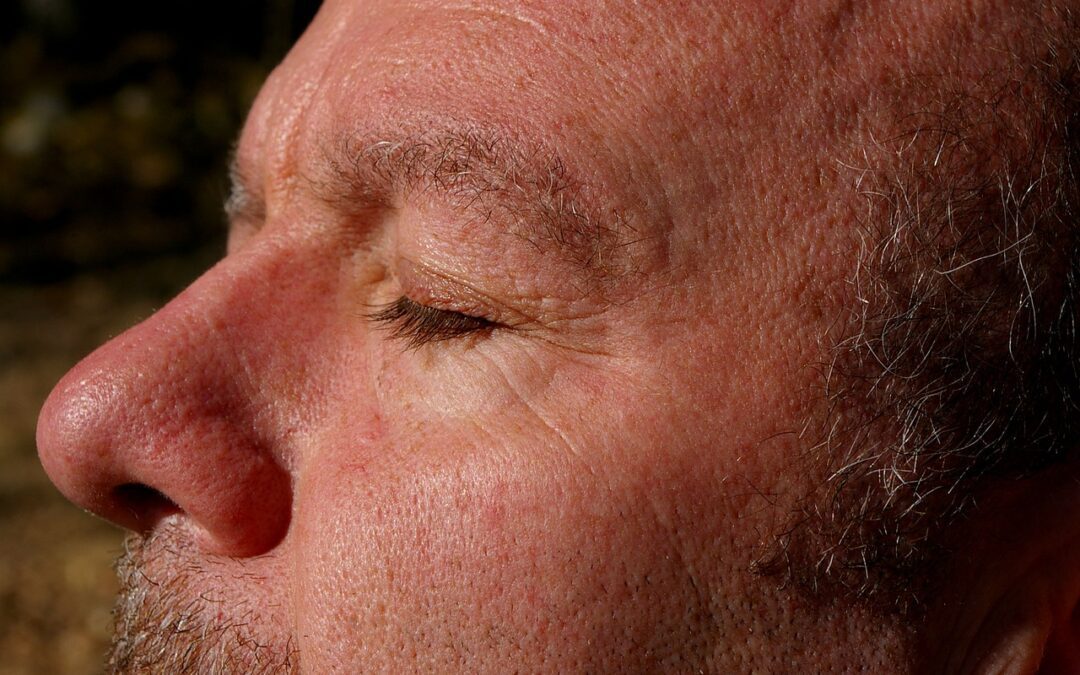
by Grossman Medical | Apr 16, 2020 | Articles
Over time, natural aging and sun exposure can lead to unwelcome changes in the skin, such as dullness, discoloration, and loss of elasticity. Previously, these concerns were only able to be addressed with costly methods and a long recovery. Today, a relatively new procedure called Morpheus8 is producing results and shortening recovery in a fraction of the time and cost of traditional procedures.
What Is Morpheus8?
Morpheus8 is a method of skin rejuvenation that combines radiofrequency energy and microneedling in a single device. The 24 microneedles of the Morpheus8 are finer than their traditional counterparts, allowing them to reach more deeply into the skin. The increased depth of the Morpheus8 is important. The deeper into the skin microneedles can go, the more collagen production is able to be stimulated.
As the microneedles enter the skin, they cause microscopic injury to tissue. At the same time, radio frequencies travel through the microneedles to deliver heat to these damaged skin cells. This heat causes molecules located in deeper skin layers to rotate. This movement creates heat within skin tissue, which results in collagen production being hyper-accelerated.
The Benefits of the Morpheus8 Procedure
The Morpheus8 treatment offers a wide range of important benefits:
Skin Benefits
Morpheus8 can improve firmness and correct sun damage. It can also minimize the appearance of deep wrinkles and fine lines, as well as smooth the texture of uneven skin. Areas where dark spots appear can be completely erased, and pore size can be decreased.
Those who have undergone this procedure have reported a brighter skin tone, the correction of sun damage, and the improved look of acne and surgical scars. Additionally, the Morpheus8 device can be used safely for results on all complexions and skin types.
Morpheus8 Results and Recovery Time
The results of this 30- to 60-minute procedure can be noticeable in as little as a few days after the first treatment. However, the development of collagen occurs over time, so other results such as tightening of the skin may not be apparent for several weeks. Treatment with the Morpheus8 procedure will need to be repeated once yearly in order to ensure the accelerated production of collagen.
Recovery time is minimal, with between one and three days being typical. In that time, you may notice pinhole-sized marks from the microneedles, swelling, and skin itchiness. However, these will usually fade within two weeks. Sun exposure will need to be avoided for the first few weeks to avoid uneven pigmentation. Sunscreen should be used if venturing out.

Schedule Your Consultation Today
If you’re looking for a non-surgical procedure that can improve the look of your skin from the first treatment, Morpheus8 may be the solution you’ve been seeking. Dr. Peter H. Grossman, a board-certified plastic surgeon, has been performing reconstructive surgery for over 20 years.
It is this extensive surgical background that makes Dr. Grossman the highly-qualified choice of many who are seeking to drastically improve their skin’s look. Visit Grossman Plastic Surgery online to book your consultation.


